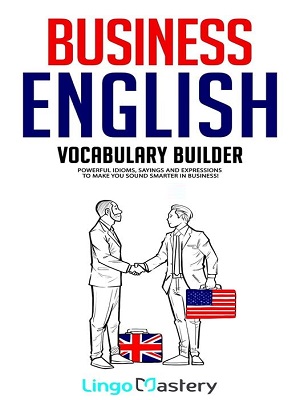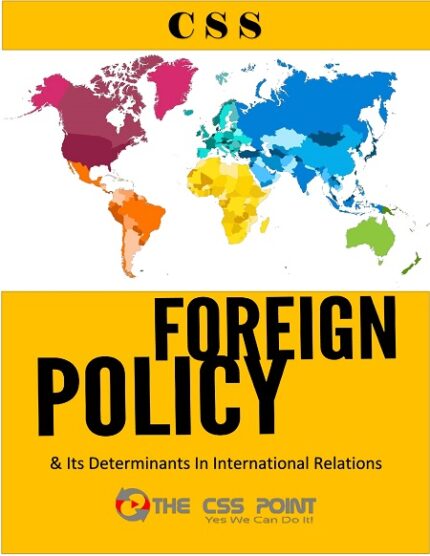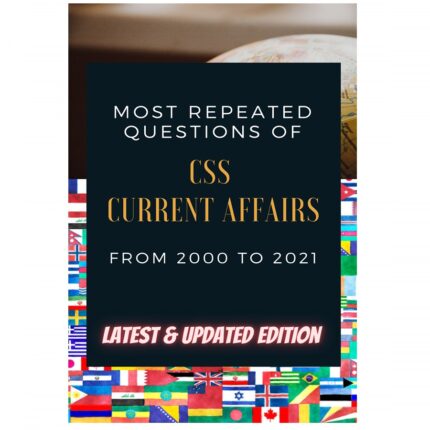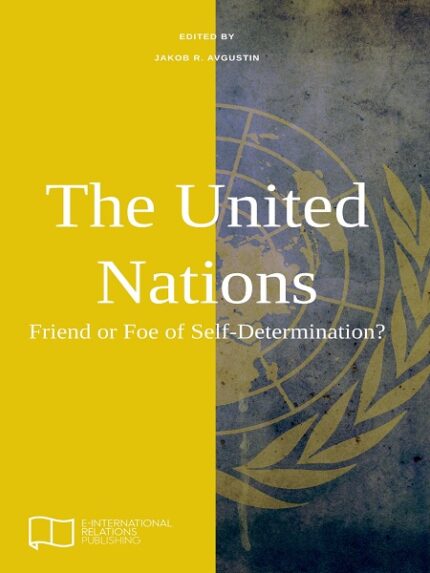Time Magazine 26th April 2022 Double Issue
Something terrible happened in the basement of the children’s summer camp in Bucha. The steps leading down to its unlocked door were lousy with trash from Russian army rations: dried macaroni, empty juice boxes, tins of meat. Standing at the bottom of the stairwell, Volodymyr Roslik, the camp groundskeeper, looked up and raised an eyebrow at me, as if to offer one more chance to reconsider going in. The airless tunnel behind that door resembled a series of torture chambers divided by concrete walls. There was a room that appeared to be used for executions at the front, its walls pocked with bullet holes. In the next room stood two chairs, an empty jug, and a wooden plank. In another, the Russians had brought in two metal bedsprings and leaned them against the wall. To Ukrainian investigators, the tableaux suggested that prisoners were tortured here: tied to the bedsprings and interrogated; strapped to the plank and waterboarded. “The signs of torture were also on the bodies,” says Taras Shapravskyi, the deputy mayor of Bucha.
Five dead men in civilian clothes were found in that chamber, he told me. “They had burns, bruises, lacerations.” It was dark when the groundskeeper took me there the following week and shone a fashlight in the room where they had lain. Two pools of dried blood ran down a wall into the dirt, next to a feece hat that appeared to have a bullet hole. The Russian forces withdrew in the first days of April from this commuter town 15 miles outside the Ukrainian capital. Before the invasion, Bucha was well known in Kyiv as a place to get away, to drop kids off at the summer camp for a couple of weeks or take them to a ropes course called the Crazy Squirrel.
Now Bucha is a byword for war crimes, like Srebrenica or My Lai. Scores of bodies littered the streets when the Russians left. A mass grave still occupies the churchyard. Shops and homes lie vacant, pillaged, and burned. More than 400 civilians were found dead here, according to local authorities, nearly all with fatal gunshot wounds. “These were not the victims of shelling or aerial bombardment,” says Mykhailo Podolyak, an adviser to Ukrainian President Volodymyr Zelensky. “These were intentional killings, close-up and systematic.”
Time Magazine 26th April 2022 Double Issue
[button url=”https://thecsspoint.com/link/10653″ class=”” bg=”” hover_bg=”” size=”0px” color=”” radius=”0px” width=”0px” height=”0px” target=”_blank”] DOWNLOAD NOW [/button]



























